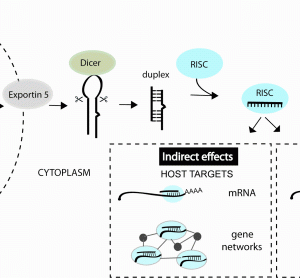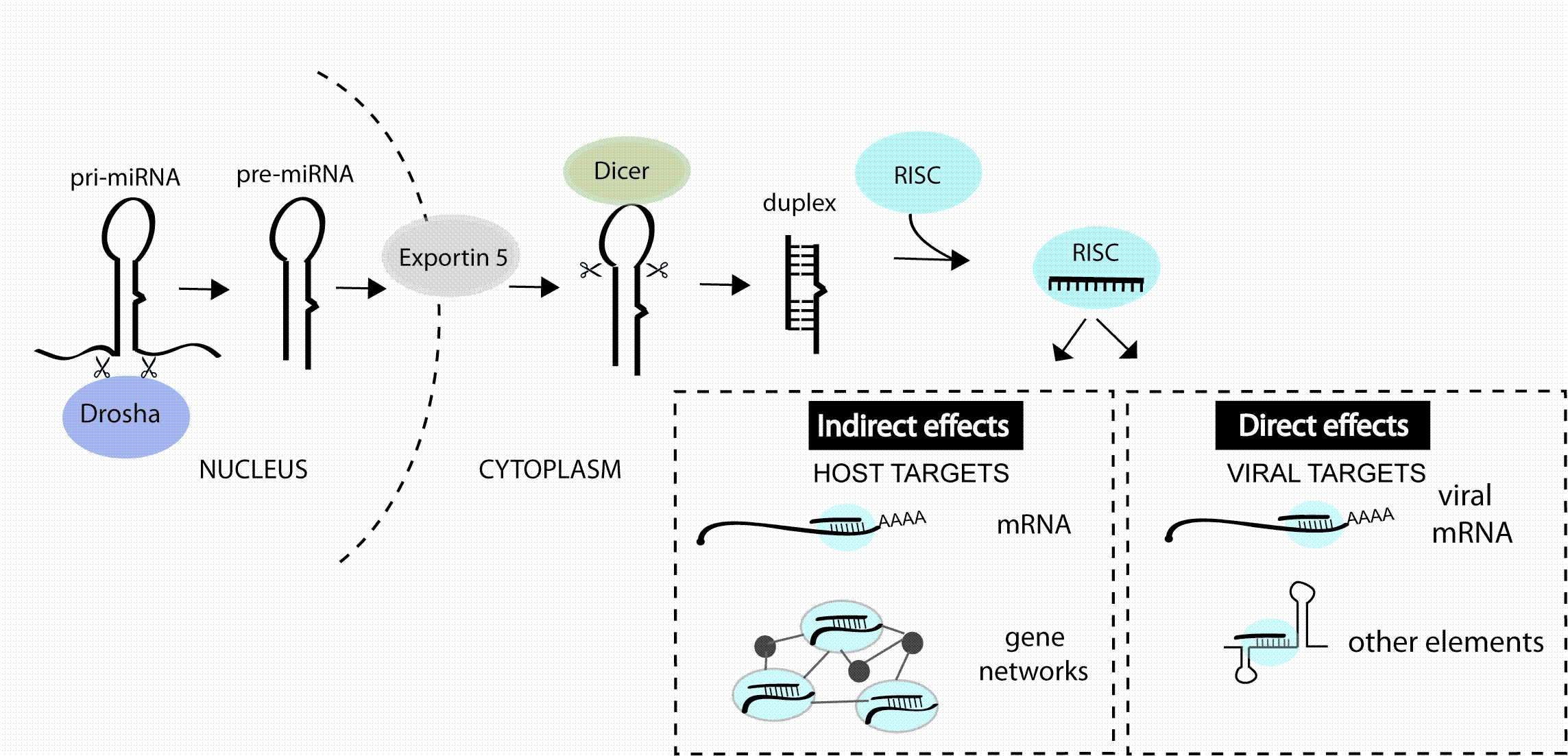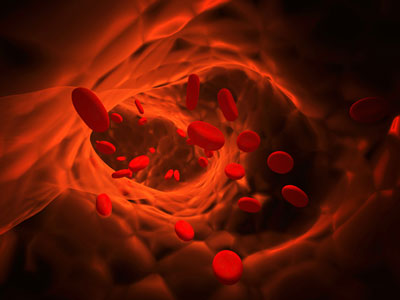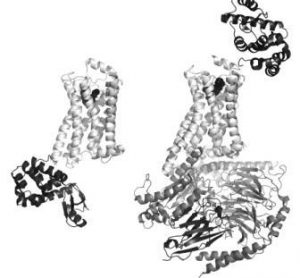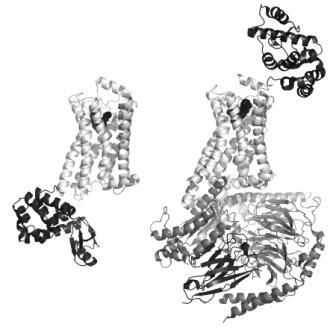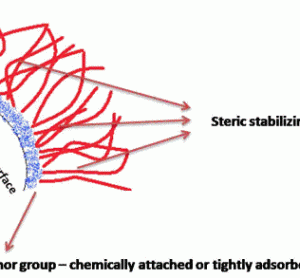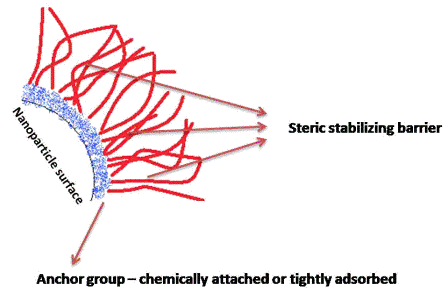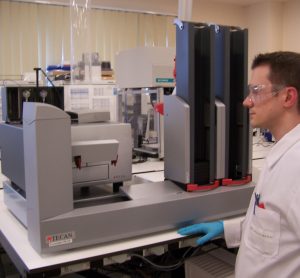microRNA manipulation as a host-targeted antiviral therapeutic strategy
13 December 2011 | By Nouf N. Laqtom, University of Edinburgh & King Abdulaziz University and Amy H. Buck, University of Edinburgh
microRNAs (miRNA) are a class of non-coding RNA that regulate the precise amounts of proteins expressed in a cell at a given time. These molecules were discovered in worms in 1993 and only known to exist in humans in the last decade. Despite the youth of the miRNA field, miRNA…



